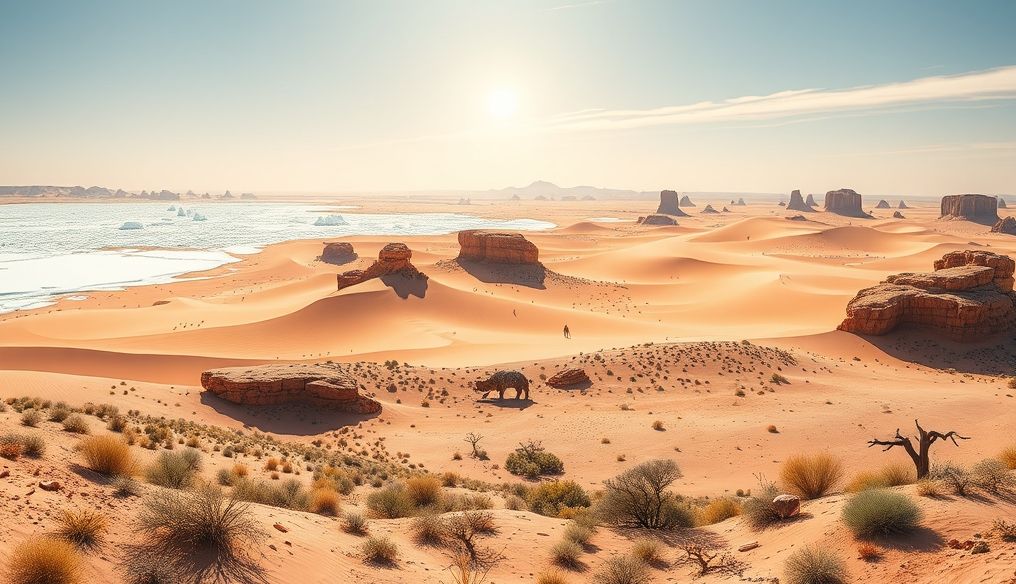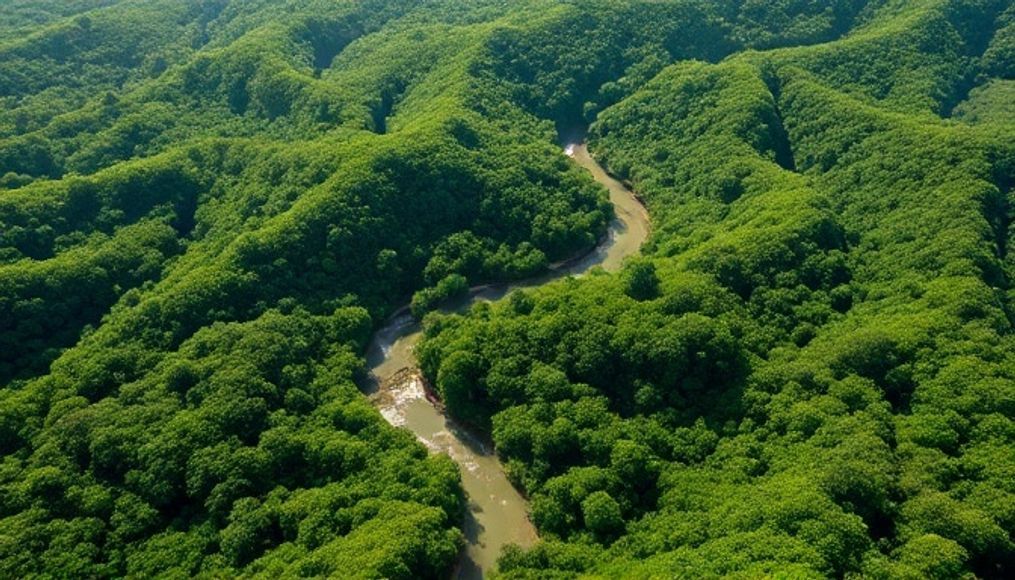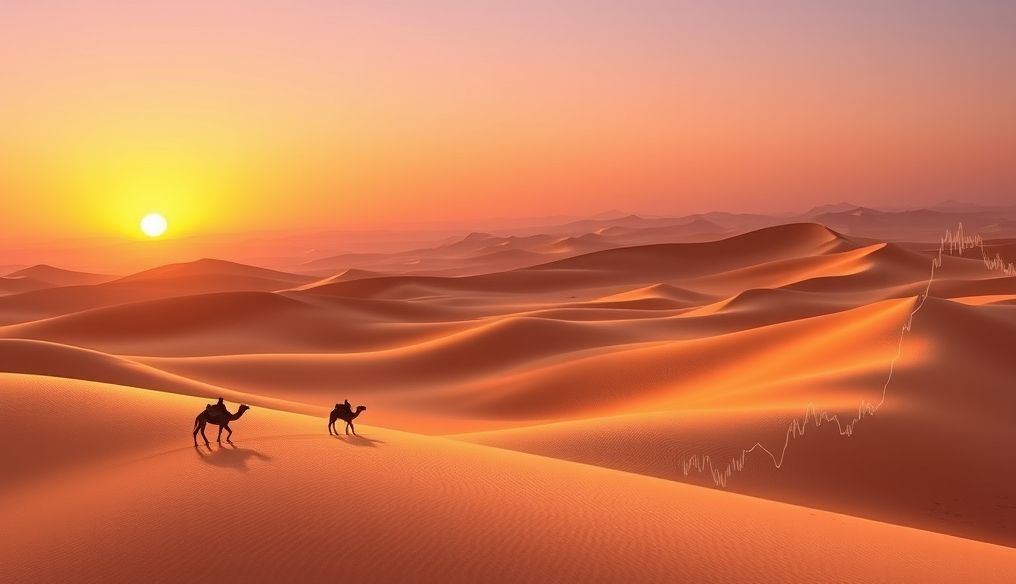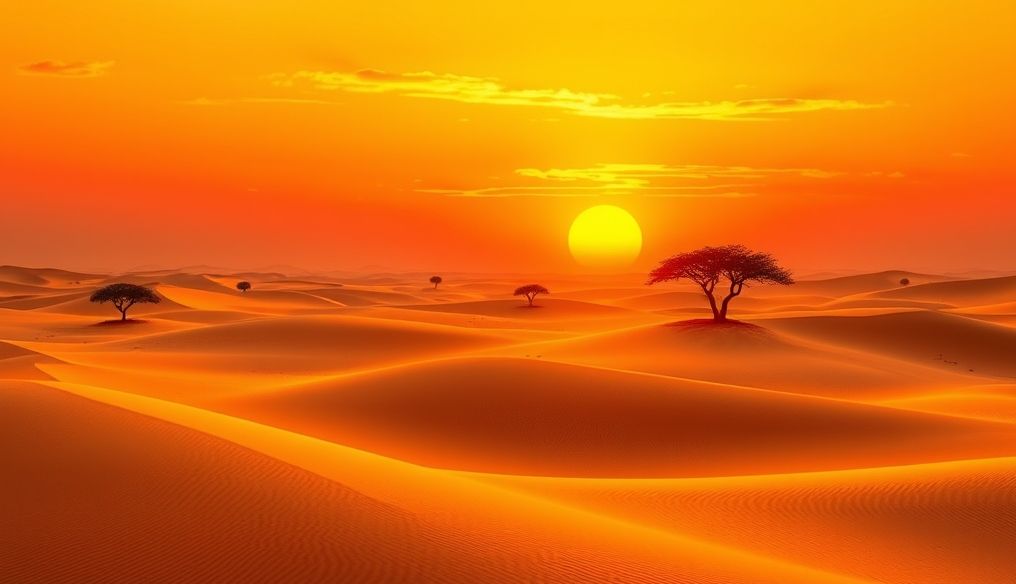What are the Largest Deserts in the World and What Distinguishes Them?
Deserts cover about a third of the Earth's surface and are not just barren stretches of sand, but diverse ecosystems with unique characteristics. Deserts vary in size, climate, terrain, and the plant and animal life they support. In this article, we will explore the largest deserts in the world, highlighting what distinguishes each one.
1. Antarctic Polar Desert
Although covered in ice, Antarctica is considered the largest desert in the world. A desert is defined as an area that receives less than 250 mm of rainfall per year, and Antarctica meets this criterion. Antarctica is characterized by freezing temperatures and strong winds, making it an extremely harsh environment.
Distinctive Features of the Antarctic Polar Desert:
- Area: Approximately 14 million square kilometers.
- Climate: Very cold and very dry.
- Plant and Animal Life: Extremely limited, including algae, lichens, and some seabirds and seals.
- Scientific Importance: An important site for scientific research on climate change and geology.
2. Arctic Polar Desert
The Arctic Polar Desert covers parts of Canada, Russia, Greenland, the United States (Alaska), and Norway. It resembles the Antarctic Polar Desert in its dry and cold climate, but features more diverse plant and animal life.
Distinctive Features of the Arctic Polar Desert:
- Area: Approximately 13.9 million square kilometers.
- Climate: Cold and dry, with a relatively short and humid summer.
- Plant and Animal Life: Includes mosses, lichens, dwarf shrubs, and animals such as reindeer, arctic foxes, and polar bears.
- Environmental Challenges: Threatened by climate change and melting ice.
3. Sahara Desert
The Sahara Desert is the largest hot desert in the world, stretching across North Africa. It is known for its diverse terrain, including vast sand dunes, rocky plains, and mountains.
Distinctive Features of the Sahara Desert:
- Area: Approximately 9.2 million square kilometers.
- Climate: Very hot and dry, with significant temperature variations between day and night.
- Plant and Animal Life: Plants and animals are adapted to the harsh conditions, including palm trees, cacti, camels, desert foxes, and scorpions.
- Cultural Significance: Home to many nomadic and historical cultures.
4. Arabian Desert
The Arabian Desert extends across most of the Arabian Peninsula, including countries such as Saudi Arabia, Yemen, the United Arab Emirates, Qatar, Oman, Jordan, and Iraq. It is characterized by its sandy and rocky terrain, and its hot and dry climate.
Distinctive Features of the Arabian Desert:
- Area: Approximately 2.33 million square kilometers.
- Climate: Very hot and dry, with significant temperature variations between day and night.
- Plant and Animal Life: Includes adapted desert plants and animals such as camels, gazelles, and desert foxes.
- Natural Resources: Rich in oil and natural gas.
5. Gobi Desert
Located in northern China and southern Mongolia, the Gobi Desert is a cold and semi-arid desert. It is characterized by its diverse terrain, including sand dunes, mountains, and rocky plains.
Distinctive Features of the Gobi Desert:
- Area: Approximately 1.3 million square kilometers.
- Climate: Cold and dry, with significant temperature variations between summer and winter.
- Plant and Animal Life: Includes adapted desert plants and animals such as Bactrian camels, gazelles, and snow leopards.
- Historical Significance: Part of the ancient Silk Road.
6. Kalahari Desert
Located in southern Africa, the Kalahari Desert covers parts of Botswana, Namibia, and South Africa. Unlike other deserts, the Kalahari receives more rainfall, allowing for more diverse plant and animal life.
Distinctive Features of the Kalahari Desert:
- Area: Approximately 900,000 square kilometers.
- Climate: Semi-arid, with hot summers and mild winters.
- Plant and Animal Life: Includes trees, shrubs, grasses, and animals such as lions, cheetahs, antelopes, and giraffes.
- Culture: Home to the Bushmen (San) people.
7. Patagonian Desert
Located in Argentina and Chile, the Patagonian Desert is the largest desert in South America. It is characterized by its cold and dry climate, and its diverse terrain including plains, mountains, and valleys.
Distinctive Features of the Patagonian Desert:
- Area: Approximately 673,000 square kilometers.
- Climate: Cold and dry, with strong winds.
- Plant and Animal Life: Includes adapted desert plants and animals such as guanacos, armadillos, and birds of prey.
- Landscapes: Known for its stunning landscapes, including glaciers and lakes.
8. Syrian Desert
The Syrian Desert is located in parts of Syria, Jordan, Iraq, and Saudi Arabia. It is characterized by its rocky and sandy terrain, and its hot and dry climate.
Distinctive Features of the Syrian Desert:
- Area: Approximately 500,000 square kilometers.
- Climate: Very hot and dry, with significant temperature variations between day and night.
- Plant and Animal Life: Limited, including adapted desert plants and animals such as desert foxes and rodents.
- Historical Significance: An important trade route in ancient times.
9. Great Basin Desert
The Great Basin Desert is located in the United States, covering parts of Nevada, Utah, California, Oregon, and Idaho. It is characterized by its cold and dry climate, and its diverse terrain including mountains and valleys.
Distinctive Features of the Great Basin Desert:
- Area: Approximately 492,000 square kilometers.
- Climate: Cold and dry, with significant temperature variations between summer and winter.
- Plant and Animal Life: Includes adapted desert plants and animals such as jackrabbits, snakes, and lizards.
- Biodiversity: Features unique biodiversity, including endemic plant and animal species.
10. Chihuahuan Desert
The Chihuahuan Desert is located in Mexico and the United States, covering parts of Texas, New Mexico, and Arizona. It is characterized by its hot and dry climate, and its diverse terrain including mountains and valleys.
Distinctive Features of the Chihuahuan Desert:
- Area: Approximately 362,000 square kilometers.
- Climate: Hot and dry, with hot summers and mild winters.
- Plant and Animal Life: Includes a diverse range of desert plants and animals, including cacti, yuccas, birds, and lizards.
- Biodiversity: Considered one of the most biodiverse deserts in the world.
Conclusion
Deserts are not just barren landscapes, but complex ecosystems with unique characteristics. From the frozen Antarctic Polar Desert to the hot Sahara Desert, each desert presents unique challenges and opportunities for life. Understanding these deserts and their significance helps us appreciate the biodiversity of our planet and the need to protect these fragile environments.




